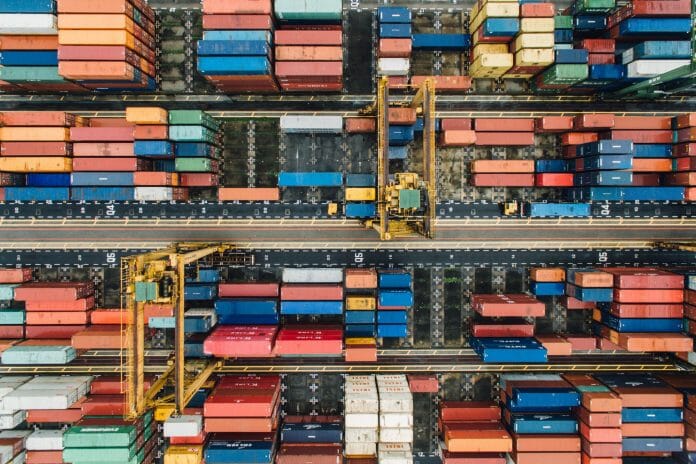By Professor Evelyn S. Devadason,
The long overdue Trade Facilitation Agreement (TFA) at the World Trade Organization (WTO) entered into force in 2017, after more than a decade of negotiations. Critically, what follows from the WTO TFA is the implementation of the trade facilitation measures at the national level.
Trade facilitation involves the simplification, modernization, and harmonization (or standardization) of international trade (export, import and transit) processes to reduce trade costs, maximize trade efficiency and increase transparency or predictability of trade. It can be defined as a broad concept going beyond just customs and border procedures as there are many factors underlying trade costs, from the traditionally viewed transport costs to information costs, contract enforcement costs and regulatory costs. From that broad dimension, trade facilitation encompasses behind-the-border measures and regulations.
The multifaceted trade facilitation therefore entails (soft and hard) infrastructure development and comprehensive reforms in trade facilitation laws, procedures, processes, and systems of government entities for creating an enabling environment that supports the business community.
Trade facilitation matters now more than ever! Why is that so?
First, unprecedented rise in non-tariff measures (NTMs). While tariffs have reduced substantially, NTMs have gained popularity in global trade. The trade costs of NTMs were found to be more than double that of ordinary customs tariffs. Trade facilitation provisions are essential as they can directly target procedural obstacles linked to NTMs, such as the lack of transparency and duplication of documentation requirements to reduce regulatory costs and improve the efficiency of the regulatory architecture.
Second, growing disruptions to supply chains. Unlike regular trade, global value chains (GVCs), which make up approximately 60% to 70% of world trade, are sensitive to business cycles shocks and other foreign demand disturbances. Evidently, in response to the COVID-19 pandemic, new trade facilitation measures had to be implemented in many countries to maintain market supply. They included accepting electronic submissions of trade-related documents and information, expediting, and simplifying customs procedures and implementing priority procedures for essential products. The national policy responses during the pandemic emphasize the importance of trade facilitation for supporting GVCs in a world that is now more prone to uncertainties.
Third, reconfiguration of GVCs. While new logistics technologies are reshaping GVCs, the restructured GVCs in turn are demanding new technologies, for example, the internet of things (IoT) that can improve delivery services by tracking shipments in real time, blockchain shipping solutions that can reduce transit times and speed payments and automated document processing that can speed goods through customs. Trade costs related to logistics and connectivity have therefore become major determinants of value chain activity and location choices today. Hence, there is now an even closer connection between trade facilitation in a broader sense (especially from a trade cost perspective) and GVC activity.
Fourth, increasing volume of counterfeit trade and smuggling. Recent developments, such as the slowdown in global trade and the boom in trade in small parcels have given rise to illicit trade in counterfeits. According to the Organization of Economic Co-operation and Development (OECD), trade in counterfeit and pirated goods now stands at 3.3% of global trade, having increased from 2.5% in 2013. Trade facilitation is therefore needed to arrest counterfeit trade by increasing the transparency of information on trade flows, fees and charges on exports and imports and improving the coordination between the border agency and other government units.
Fifth, rising cross-border e-commerce. Digital commerce has surged recently, and the sales value was estimated by the United Nations Conference on Trade and Development (UNCTAD) to be approximately 30% of the global gross domestic product (GDP). The uptake of digital trade (both domestic and international) has invariably heightened the needs for trade facilitation reforms. Effective participation in e-commerce trade requires the automation of cross-border processes (also referred to as cross-border paperless trade). In short, the digitalization of trade entails the digitalization of trade facilitation mechanisms to improve trade connectivity.
A key message from the above examples is: Trade facilitation implementation is good for trade!
The current rate of implementation commitments of Malaysia, as per the TFA database (TFAD), at 94.1%, with a timeframe spanning from February 2017 to February 2022, is indeed commendable relative to some of the other Association of Southeast Asian Nations (ASEAN). That said, much still needs to be done in Malaysia to advance trade facilitation, which is a long term undertaking and with long term impacts on trade.
Evelyn S. Devadason is Professor at the Faculty of Economics & Administration, University of Malaya, and Vice-President of the Malaysian Economic Association.









